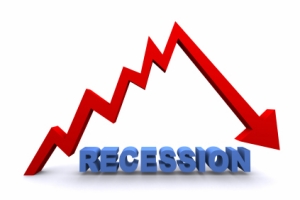The Case for an International Carbon Price Floor
Our planet’s in trouble...
To save it, to stabilize the climate, we all need to meet two deadlines. By 2030, we have to cut a third of all greenhouse gas emissions, and then, by 2050, bring them down to net zero. So how do we make that happen?
Most experts believe carbon pricing has a central role to play. It’s a policy designed to boost clean technologies and ease us off fossil fuels. Here’s how it works: For every tonne of carbon dioxide put into the atmosphere, there’s a price tag. The more you emit, the more you pay. A carbon price makes carbon-intensive energy more expensive, and so incentivizes private investment to move to low-carbon technologies, and to boost energy efficiency.
The idea has been around for a while. But of course, no country wants to make their industries more expensive, and therefore less competitive. So what if instead, countries agreed to put a minimum price on their emissions? A floor price. This would make it easy for individual governments to raise carbon prices and move us to clean energy faster. Floor prices could be adjusted for richer and poorer economies.
A carbon floor agreement among the biggest emitters – Canada, China, Europe, India, the U.K. and the U.S. – can impact 2/3 of global emissions.
And with the biggest economies on board, we could have a good shot at keeping the planet livable.















